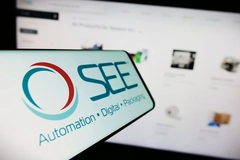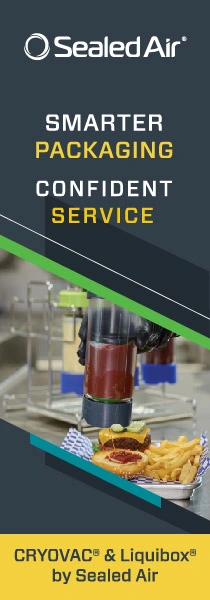LeadIT report calls for EU steel and iron industry decarbonization
Ensuring the net-zero transition of the EU’s steel and iron industries requires the rapid expansion of renewable hydrogen and electricity production, highlights a new report by the Swedish NGO working to align industries’ carbon emissions with the Paris Agreement by 2030 to reach neutrality by 2050.
“The share of green steel project announcements in the EU speaks to the region’s leadership in the transition of the iron and steel industries. Most of these projects are planned to be online by 2030 — just five years away from today. Evaluating and planning the renewable electricity demand for the iron and steel sector with all stakeholders is essential to minimize delays,” comments Per Andersson, head of the secretariat at LeadIT.
The report’s key findings include that 19% of the total EU policy target for domestic renewable hydrogen production needed for green steel will be equal to 1.7 million tons annually (MPTA) by 2030, increasing to 1.9 MPTA by 2045 and that the renewable electricity demand for industry projects is likely to reach the equivalent to the annual electricity consumption of a country the size of Sweden.
The document further highlights that the lack of transparency in company plans means the target figures that need to be achieved could be even higher.
It states that recycling scrap and importing hot briquetted iron would “significantly reduce” demand for renewable hydrogen and renewable electricity, but would also involve trade-offs, such as reduced self-sufficiency and impact on jobs.
Estimating energy demand
As it stands, the steel industry is responsible for around 5% of CO2 emissions in the EU. This means that it needs to cut carbon emissions by 55% by 2030 to align with climate targets.
The REPowerEU plan aims for at least 30% of the EU-based primary steel production to be decarbonized by the end of the decade through renewable hydrogen. Making this possible would increase the demand for renewable electricity, especially that needed for the production of renewable hydrogen.
For this reason, to transition successfully, there is a need for reliable estimates of electricity demand. Such estimates will further facilitate alignment with developments in the energy sector, among other things.
The report assesses the potential consumption of renewable hydrogen and electricity from the already announced green steel projects within the EU. The analysis is based on data from LeadIT’s Green Steel Tracker.
 According to the report, transparency in how EU-based companies plan to source renewable electricity, high quality iron ore and HBI is lagging.The LeadIT report evaluates two senators for green iron and steel production. One assumes that no scraps will be used in steel production and the other assumes a 50% share of scraps. Both then consider the two routes for green steel production, one with an EU-based value
According to the report, transparency in how EU-based companies plan to source renewable electricity, high quality iron ore and HBI is lagging.The LeadIT report evaluates two senators for green iron and steel production. One assumes that no scraps will be used in steel production and the other assumes a 50% share of scraps. Both then consider the two routes for green steel production, one with an EU-based value
chain for iron and renewable hydrogen, and another relying on iron sourced from outside the EU.
Greener steel
LeadIT’s study provides an initial consideration of the potential differences in energy demand between the highlighted routes for green steel production. It does not take additional energy requirements, such as for transportation of raw materials or energy losses in supply chains, into consideration.
“When considering only renewable electricity demand, it would be much less energy-intensive for the EU to use imported hot briquetted iron (HBI) to produce green steel than producing renewable hydrogen for the reduction of iron ore within Europe. This production route would require only a quarter of the energy needed to produce green hydrogen and direct reduced iron domestically in the EU,” states the report.
However, importing HBI would also involve trade-offs, such as reducing self-sufficiency in steel production and impacting jobs in the sector.
“The significant differences in energy needs across scenarios suggest that transparent planning by the EU and steel producers is essential to meet renewable electricity demand across sectors. Companies will need to secure access to renewable energy and renewable hydrogen and develop clear strategies for closing energy access gaps.”
Overall, the net-zero transition of the iron and steel sector will require collaborative and coordinated efforts to rapidly develop the EU’s renewable electricity infrastructure to ensure a sufficient supply of renewable electricity for hydrogen production and steel-making. Improved corporate transparency is needed on how companies plan supply inputs for announced projects.











